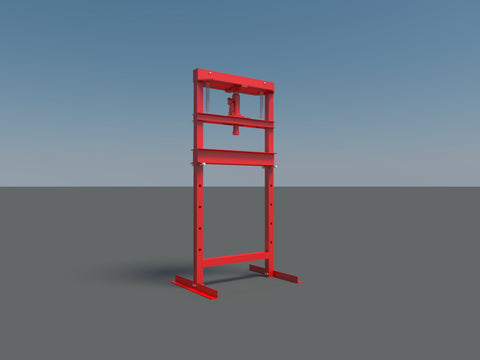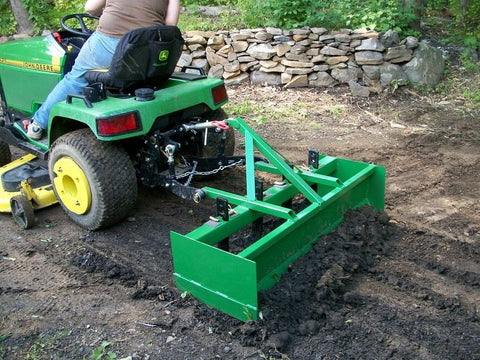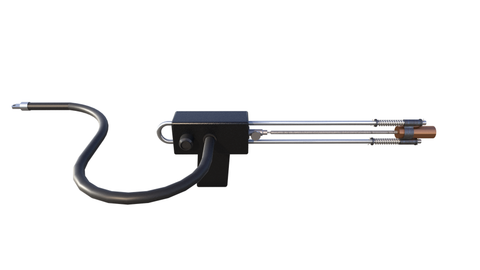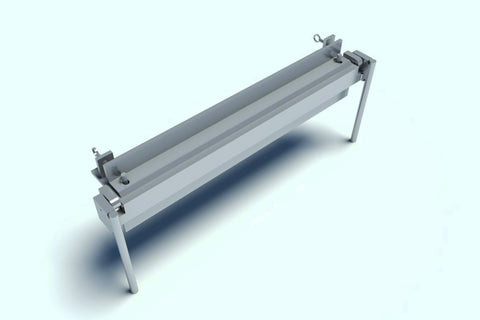Homemade Sand Blaster DIY Plans Sandblasting Tool Workshop Equipment Rust Paint Remover
Sand Blasters Plans, How To Build Sand Blaster
These Homemade Sand Blaster DIY Plans will show you how to build your own sand / media blaster.
What Are Sand Blasters?
You might be wondering what are Sand Blasters, and whether you should purchase one for your home or business. Regardless, there are a few things you should know about this tool before you buy one. For starters, there are several different types of sandblasters. There are siphon sandblasters, which are ideal for large surfaces. They are moderately priced and consist of three main parts: a sandblasting gun, a pressurized tank, and a separate reservoir for loose sand.
Gravity-fed sandblaster
A Gravity-fed sandblaster is a sandblasting tool that uses a gravity feed principle. Its hopper holds a silica sand supply. The hopper is attached to the pressure gun by an air pipe. When the trigger is pulled, the air flows through the hopper, combining with the gravitational force to force the sand out of the tool.
A Gravity-fed sandblaster is an ideal choice for a wide variety of applications. It has a small, portable design that's lightweight and easy to carry. Its hopper holds up to 30 ounces of abrasive blast media. This durable tool blasts sand at high speeds to remove rust, paint, and other contaminants. It also features a removable steel nozzle and a speed blower for quick and easy cleaning.
Bristle blasting
A bristle blaster works by removing scale, corrosion, and coatings from surfaces. It also imparts a profile and anchor pattern to the treated surface, which improves the integrity of the surface. The process uses hardened wire bristle tips to strike the surface. The tips then retract, removing paint particles and corrosive debris.
Unlike sand blasting, which requires specialized equipment and a special cleaning solution, bristle blasting is less expensive and ideal for preparing larger areas. Its unique kinetic energy simulates that of grit blasting, resulting in a smooth, clean surface that looks like new. This method can be applied to a wide variety of metal surfaces, and is an ideal solution for spot-repair jobs.
Many different types of sand and abrasive blasting media are used for various applications. Some of these include agricultural blasting media such as nutshells and fruit kernels. These are also soft abrasives, so they do not damage the underlying material. Other uses include cleaning brickwork, stonework, and removing coatings from electronic circuit boards.
Glass bead blasting
When you're sand blasting with a glass bead blaster, you must choose the right pressure. High pressure can produce excess debris and sharp particles that will damage the product's finish. The best way to maximize the life of your glass beads is to blast them at a pressure of around 50 PSI. The highest pressures can cause the glass beads to break and produce excess debris and dust, which is both dangerous for the operator and unsanitary for the surface of the component being blasted.
Glass bead blasting is an excellent surface finishing method for many products. It can be effective on both stainless steel and soft metals. Additionally, glass beads can be used many times, allowing the process to be very cost effective. And unlike traditional sandblasting, glass beads can be reused countless times.
Siphon sandblaster
When you are shopping for a Siphon sandblaster gun, you should take some factors into consideration. The price of the product should be within the budget of the average buyer, and the materials used should be standard. It should also come with a good FAQ section so you can answer any questions you may have before you buy.
A siphon sandblaster uses a suction system to blast away dirt and grime. It is a relatively cheap tool, and most handymen use it to clean large surfaces. It has three basic components, including a sandblasting gun, a pressurized tank, and a separate reservoir for loose sand. The air hose that is connected to the sandblaster connects to a compressor.
Dustless sandblaster
A dustless sandblaster is an excellent tool to use when you need to sand surfaces. This process utilizes water mixed with abrasive particles to produce a slushy solution that won't generate a large dust cloud. Because the solution doesn't contain sand particles, it's safer for you to use this tool, and it eliminates the need for protective clothing and respiratory protection. In addition, it is much easier to clean up, which reduces the risk of missing a spot.
A dustless sandblaster is a convenient and safe way to remove paint and other abrasive materials from surfaces. This tool's three-stage closed system will separate the dust from the abrasive and throw it away. The machine also features two sensors that sense the abrasive content, and warn you if the level drops. The air filter is easily accessible, and the system is easy to clean.
All DIY plans are designed or reviewed by Ben Stone. Ben is a retired Engineer in Canada. Ben also drafts these himself using the latest AutoCAD software to ensure accuracy. He studied Engineering back in the early 1980's. After over 30 years in the Construction industry he developed a passion for building cool items around his farm and cabin. These are great DIY projects. With a little skill anybody can Do It Yourself. Ben is always a email away if you have any questions while building one of his projects. He is adding new plans all the time.









